How to Clean Spa Plumbing
There are essential spa pipe care guidelines that every spa owner must follow. Once you learn how to handle the basics, you can keep your hot tub clean and tidy without much hassle of troubleshooting. Keeping the spa interior plumbing clean prevents calcium build-up that can adversely affect spa performance.
The Essential Spa Pipes Care Guidelines
A Spas plumbing lines require a special cleaning procedure to prevent water contamination and to ensure that the nozzles provide the best flow possible. Pipe Cleaner products are generally used to clean mold, organic matter or biofilm from your plumbing.
Where To Drain Hot Tub Water
You should never dispose of your hot tub water in storm drains, because these drains lead to natural bodies of water. Leaking thermal water can harm fish and other animals. If you don't have direct access to a sewer, you can run a hose down the drain at your home's sink, or sprinkle your lawn or gardens with water from an old spa while the chemical levels dissolve. Plants do not feed well on chlorine. Important: Before emptying the hot tub, check your city's regulations to make sure you comply with the law and do not harm the environment.
Flushing the Spa Pipes Properly
To flush the Spa Pipes properly, remove the filters, activate the nozzles and pour spa cleaner directly into the filter compartment. This special cleaner is specially designed to break down biofilm.
To properly flush the pipes, leave the cleaner in the spa and run the jets for about 30 minutes, ensuring that the water circulates well and completely through the plumbing. Follow the directions on the package to make sure you are using the correct amount for your spa volume.
If you are not cleaning the spa the first time, but you haven’t used a hot tub or if the hot tub has not been used for a while, you can - and indeed should - leave the pressure washer circulating for a while. after a few hours or even overnight.
Cleaning the Filters
When you wait for the water to drain, it's time to start cleaning them. You can also spray them with cleaning fluid for more thorough cleaning. For stubborn stains, spray more solution and wait another 15 minutes.
Make sure you remove all traces of chemicals from the filters by rinsing them thoroughly. If your filters seem particularly dirty, but you feel like they weren't enough to replace them, you can try soaking them in a solution of water and vinegar or a solution of water and dry dishwasher detergent. Your spa filters won't last forever, so if your filters seem to be getting harder to clean, think now is the time to order new ones and replace them entirely.
Cleaning the Spa Shell
When the tank is completely empty, use a wet sponge or vacuum cleaner to catch the last remaining dirty water. Let the chemical circulate in the water supply for the specified time before draining the water. Somewhere in the tub you will have a drain plug that needs to be removed so that all the water can drain.
If you prefer a faster method, you can also use submersible pumps to remove water; they can usually be rented from your local pool supply store. In order to remove water as quickly as possible, you can use the small submersible pumps available in most hardware stores. In order to facilitate the drainage process, it is recommended to purchase a submersible pump.
You can also move the end of the industrial vacuum cleaner hose to the nozzle and air inlet to remove some of the water in the pipe. When all visible water in the spa has been removed (there is always a small amount in the pipe that cannot be removed), spray the body with a non-hatching cleaner (such as Clean & Perfect), and then use a paper towel or paper towel to remove it.
Pay special attention to corners and crevices where mold, algae, or bacteria may be lurking. Use a soft non-scratch cloth or nylon brush to remove any residue. Rinse all surfaces thoroughly and drain all rinse water to avoid the formation of foam when filling the spa bath.
Cleaning Acrylics, Castings and Other Components
You can use a soft cloth and spa sink cleaner to remove residue and deposits on acrylics, castings and other components. Then pour on the shell and wipe dry with a soft cloth. If the stains are really difficult to remove, you can make a paste with white vinegar and baking soda and apply it with a soft sponge, rubbing gently.
An equal portion of white vinegar and water will wash away those water lines perfectly, or you can use a spa surface cleaner. It is recommended that you use a Spa Based product. If you drain and clean your hot tub 3 or 4 times a year, you will always be immersed in clear, clear water and minimize the amount of time, effort, and money spent keeping your spa water safe and secure and balanced so it is always ready for you. This keeps the spa running efficiently, prevent water quality problems, and avoid potential damage to the spa pump, you need to clean the filter regularly.
Clean the Spa Cabinet
Don't focus on the inside of the hot tub to forget the outside! Your spa cabinet suffers a lot of splash, moisture and sun damage. Take the time to look after it and it will last much longer. Depending on what your cabinet is made of, clean it with a suitable product. Most cabinets are made of acrylic, so use a mild wood cleaner and soft cloth.
Now Refill and Turn on the Spa
Prior to refilling you need to make sure there is no dirty water left in the pipes. Human skin reacts poorly to these disinfectants and it takes some time for the disinfectants to dissolve well in the water, so you must wait at least 24 hours after adding the disinfectants to the water before using them. Be aware of other household cleaners, such as Windex or a vinegar and water solution, depending on how long you have waited between cleanings and how much residue is left in the tub.
Avoid overfilling as this can cause serious problems such as backflow in the heater when starting up the spa. If overfilled, drain off excess water immediately. Turn on the spa switch again. Include a hot tub that includes adding disinfectant and other chemicals.
After adding water, adjust pH, alkalinity and calcium hardness as needed. Cover the hot tub for 24 hours to allow the chemicals to circulate and the water to warm to at least 27°C but no higher than 40°C. Retest the water when the hot tub reaches the desired temperature to make sure the water is balanced before anyone uses the hot tub. You should turn on the spa and let the jets run for a few minutes so that the water circulates well and the chemicals reach every corner of the spa plumbing.



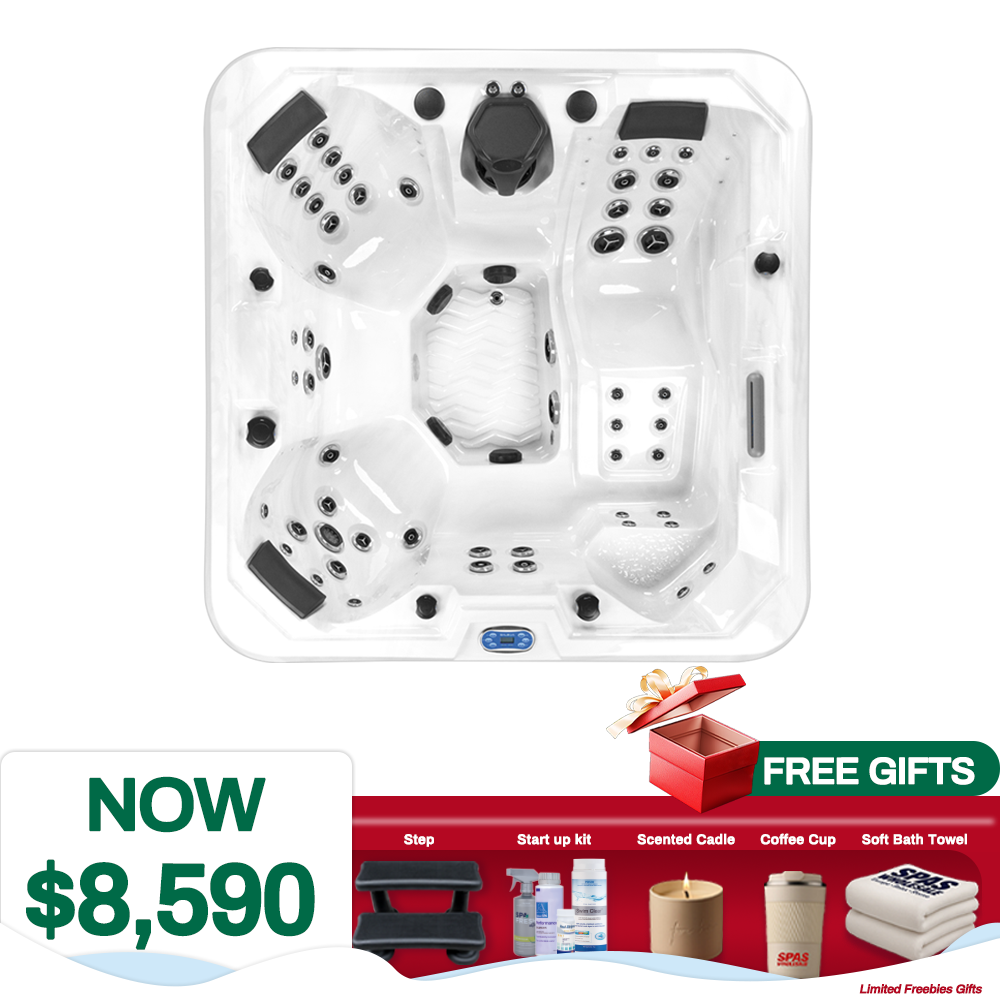

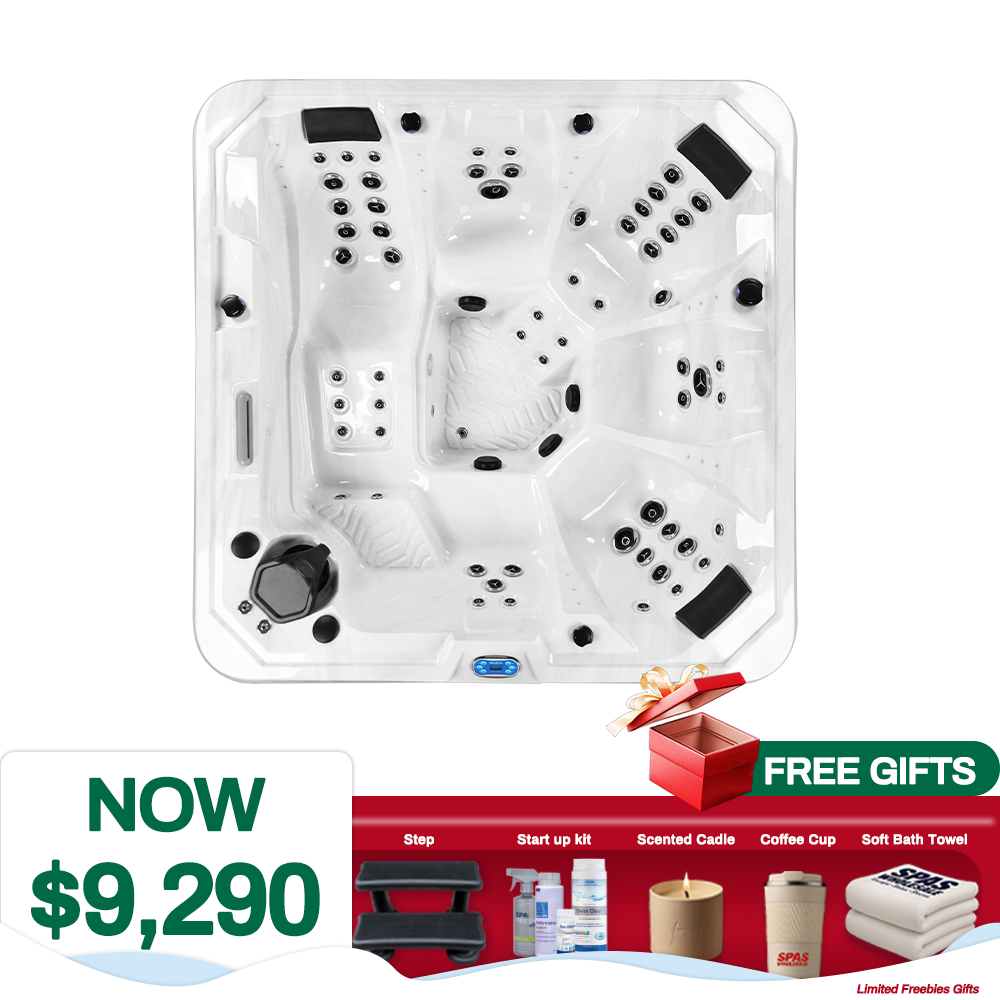
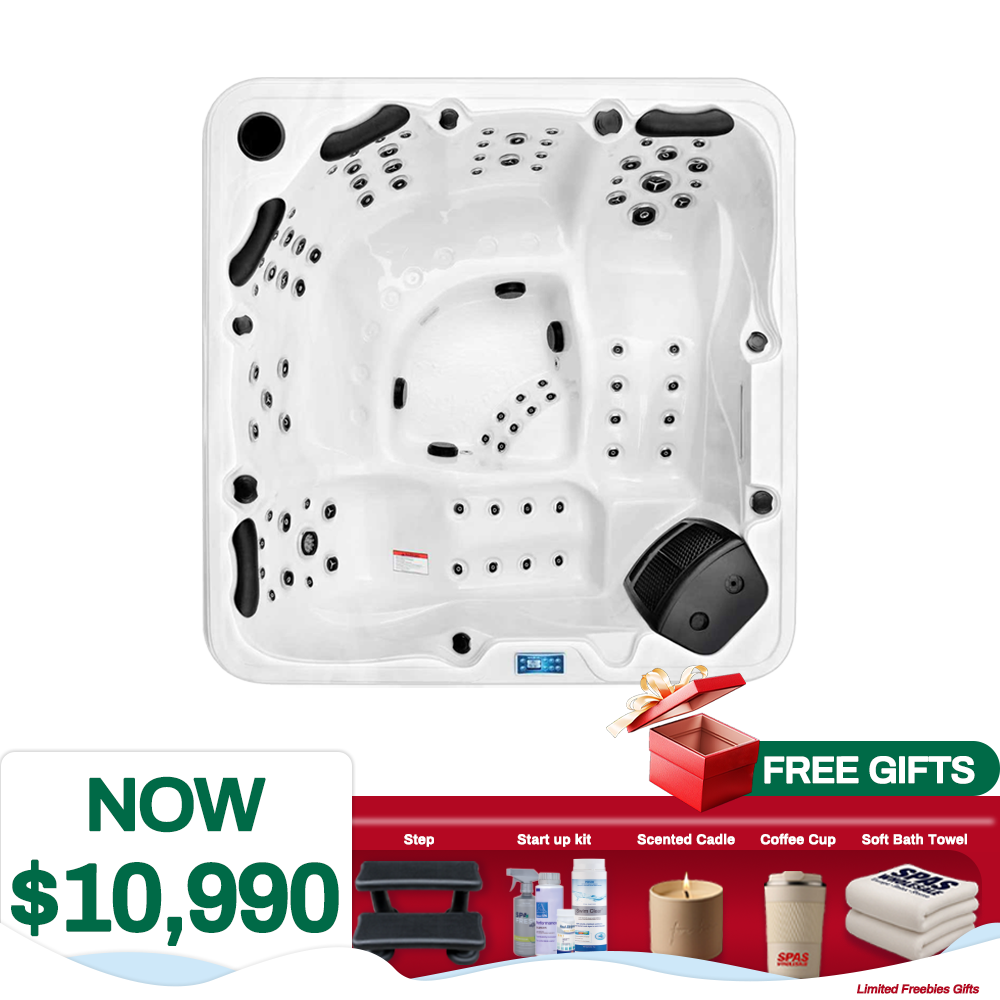

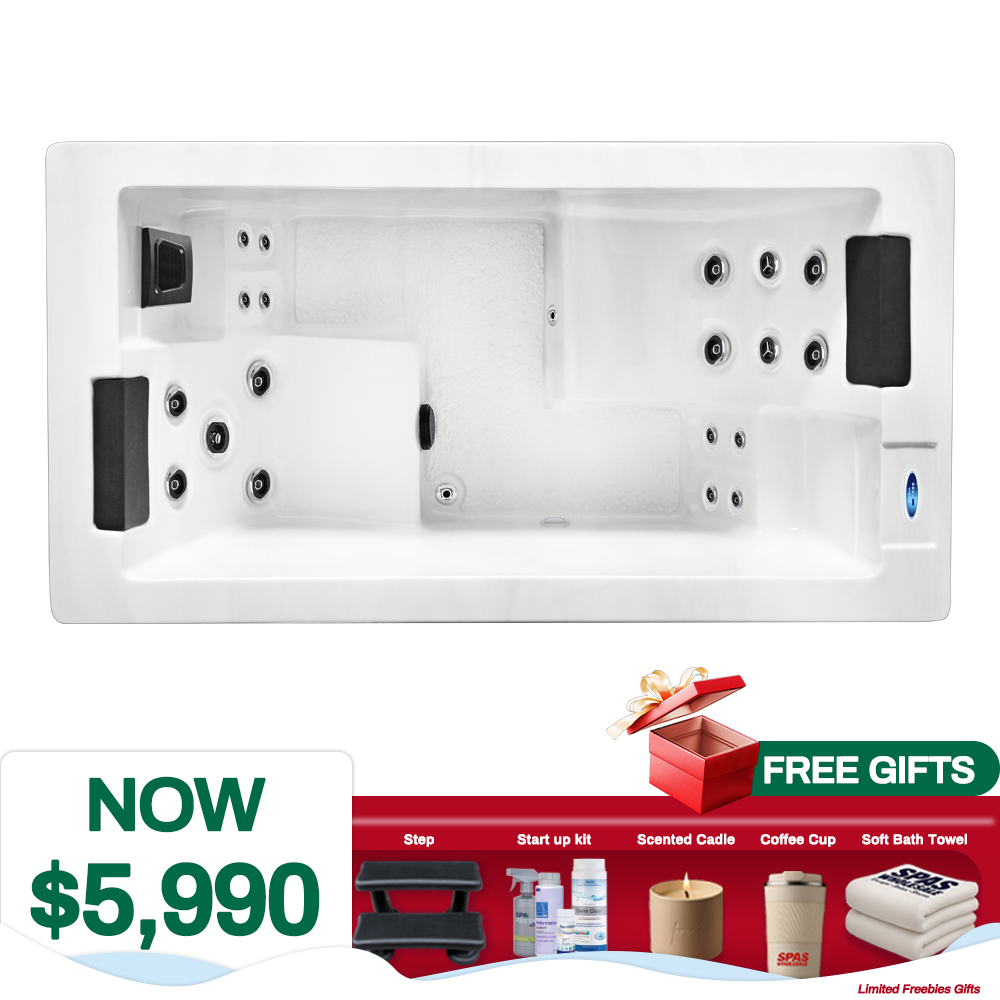

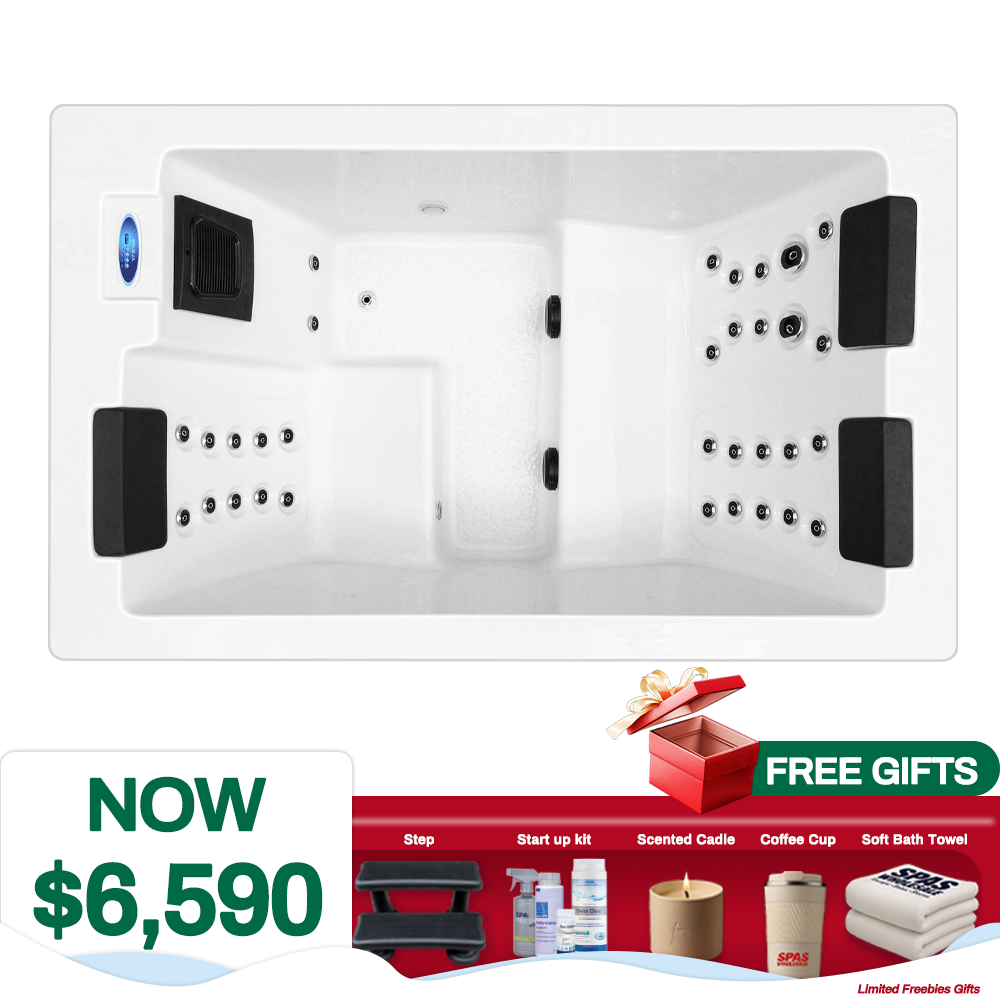


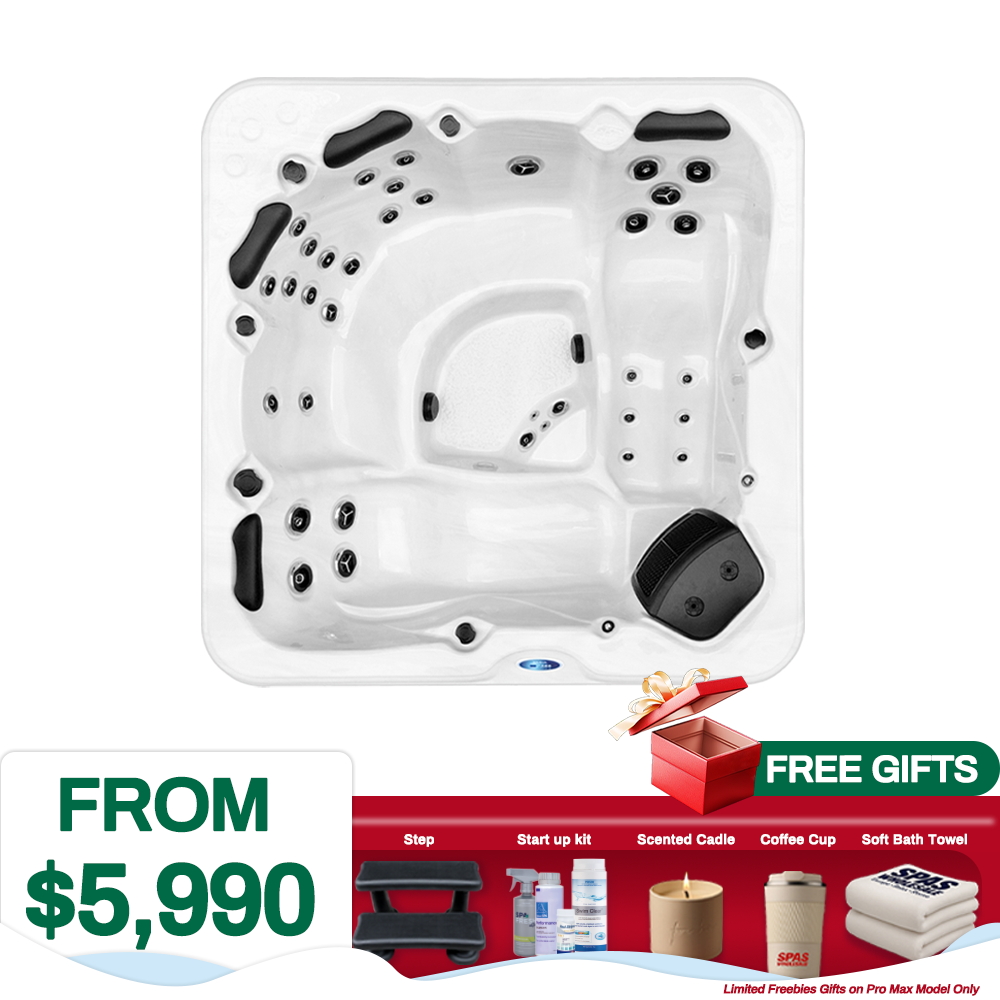
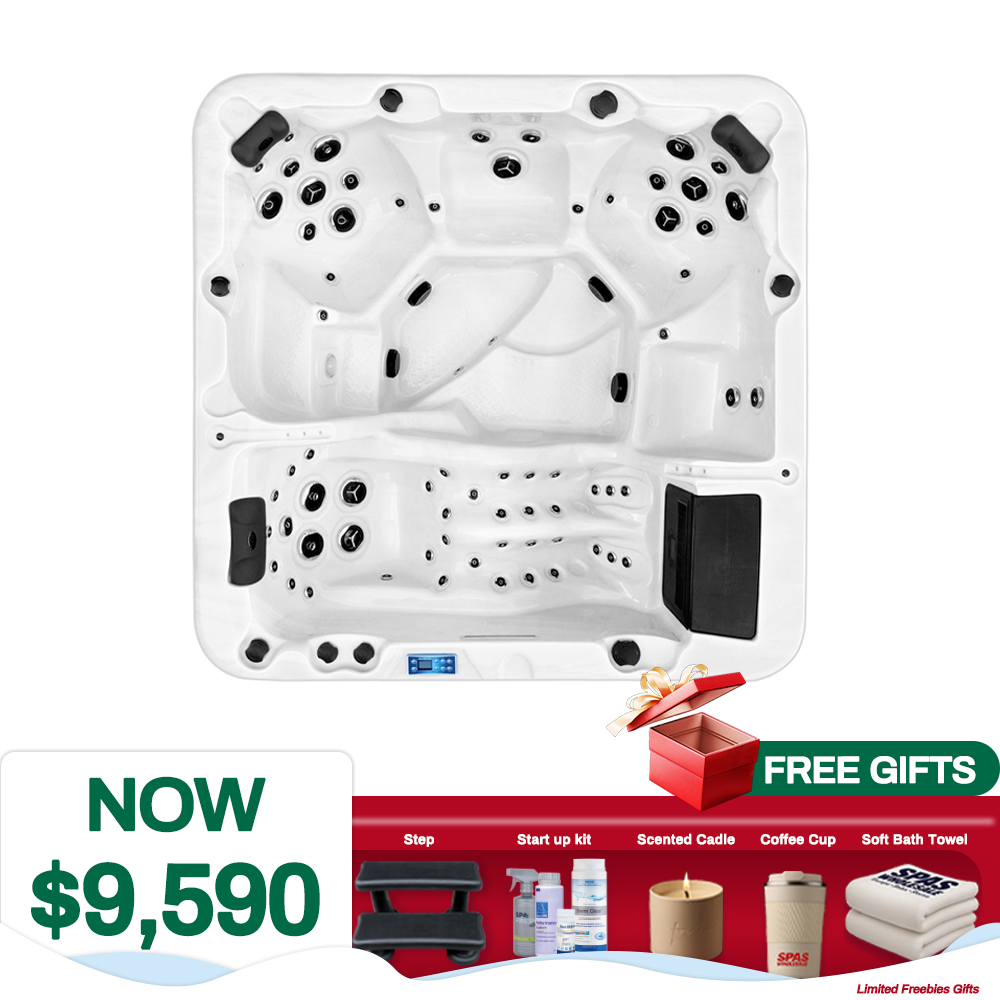
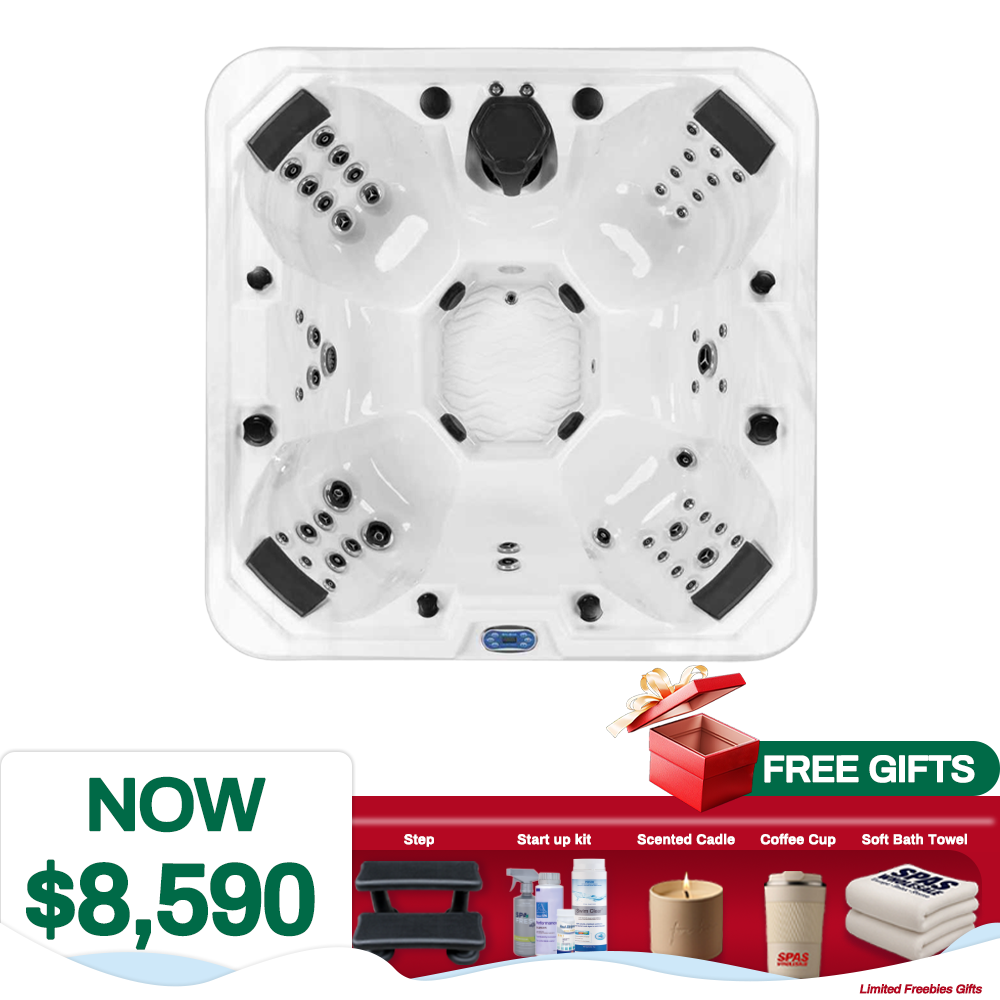
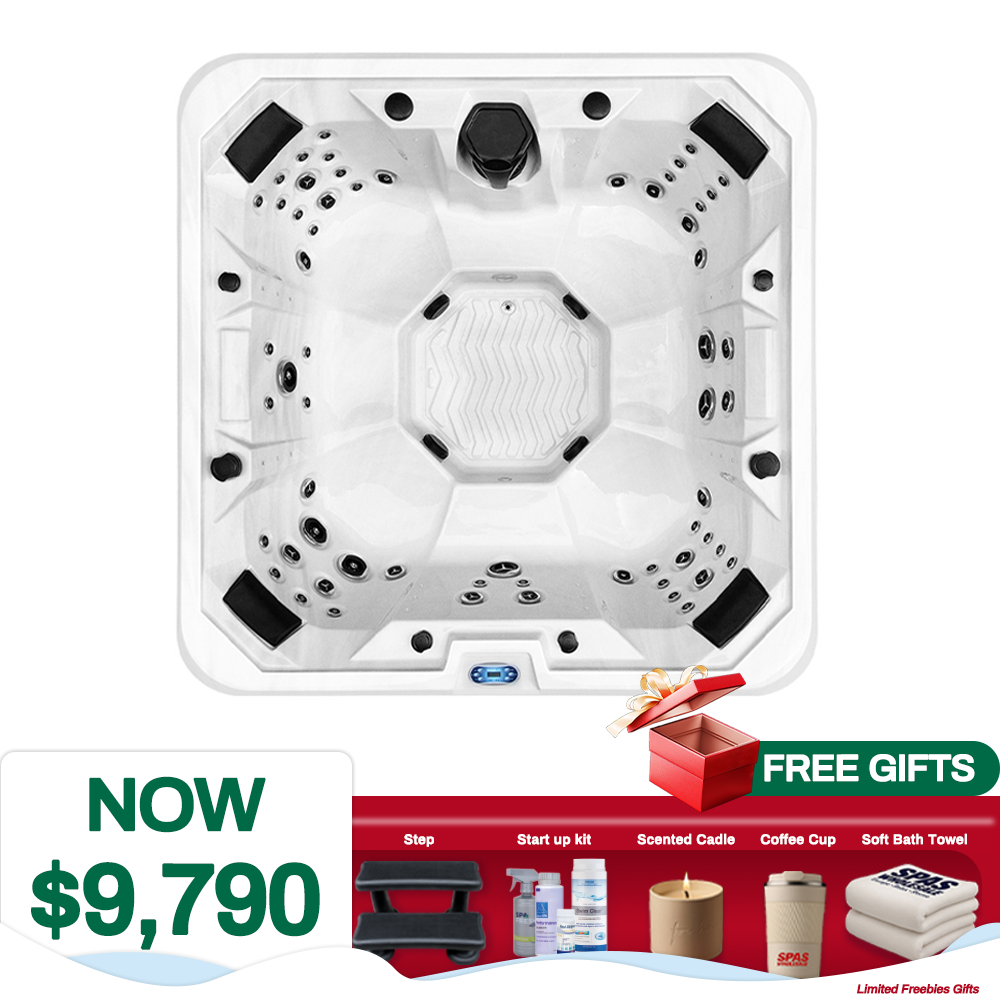
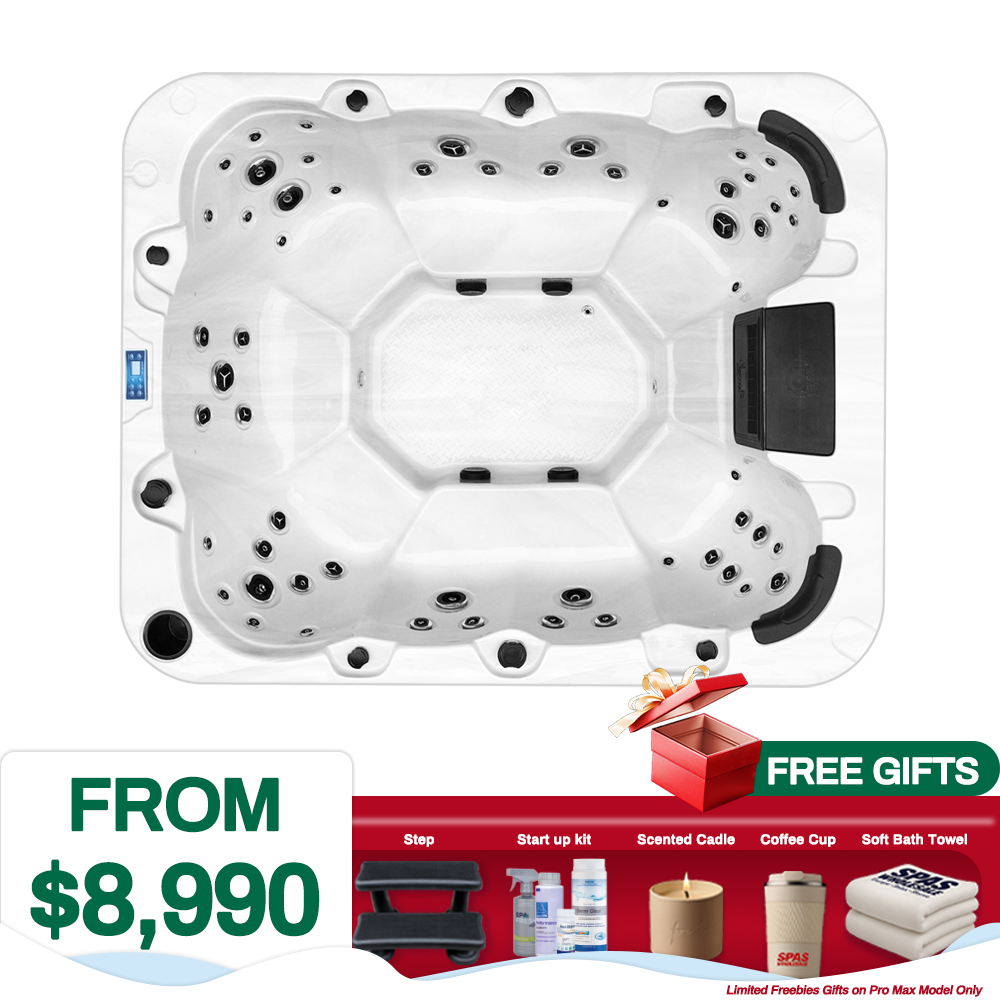
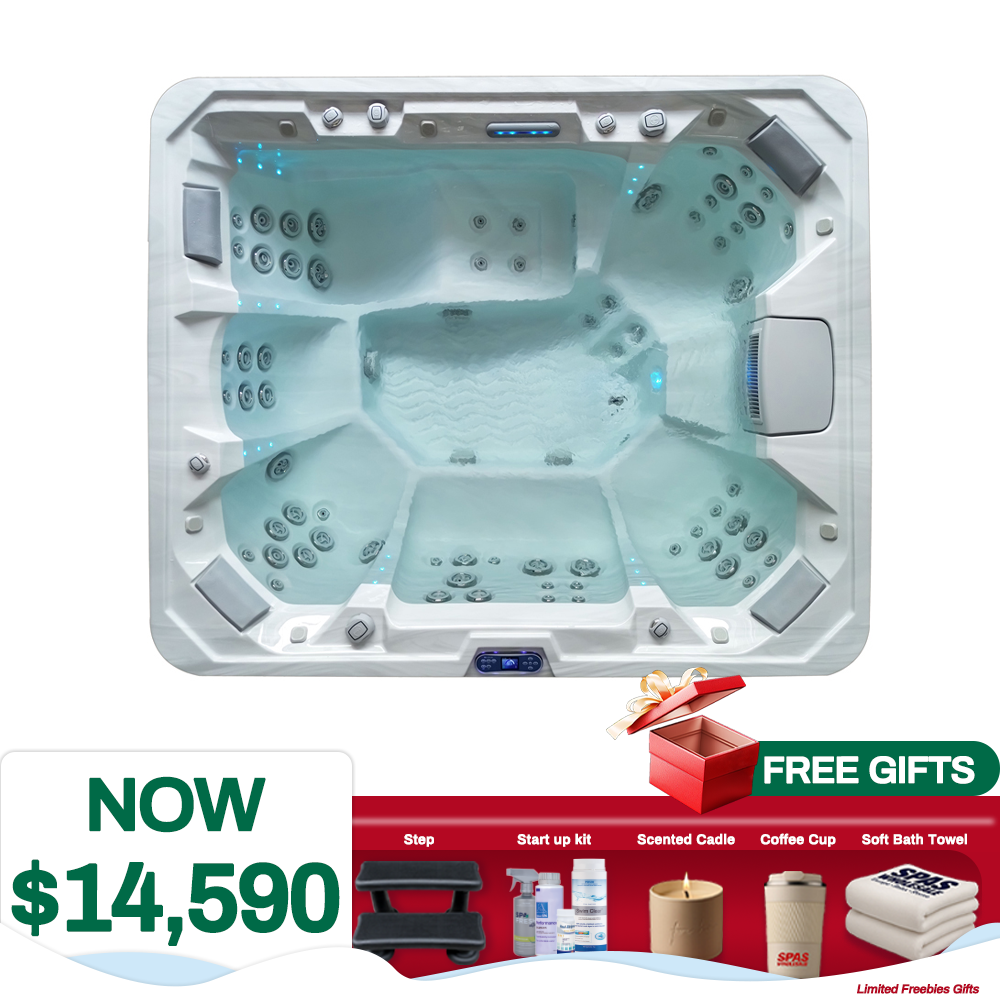
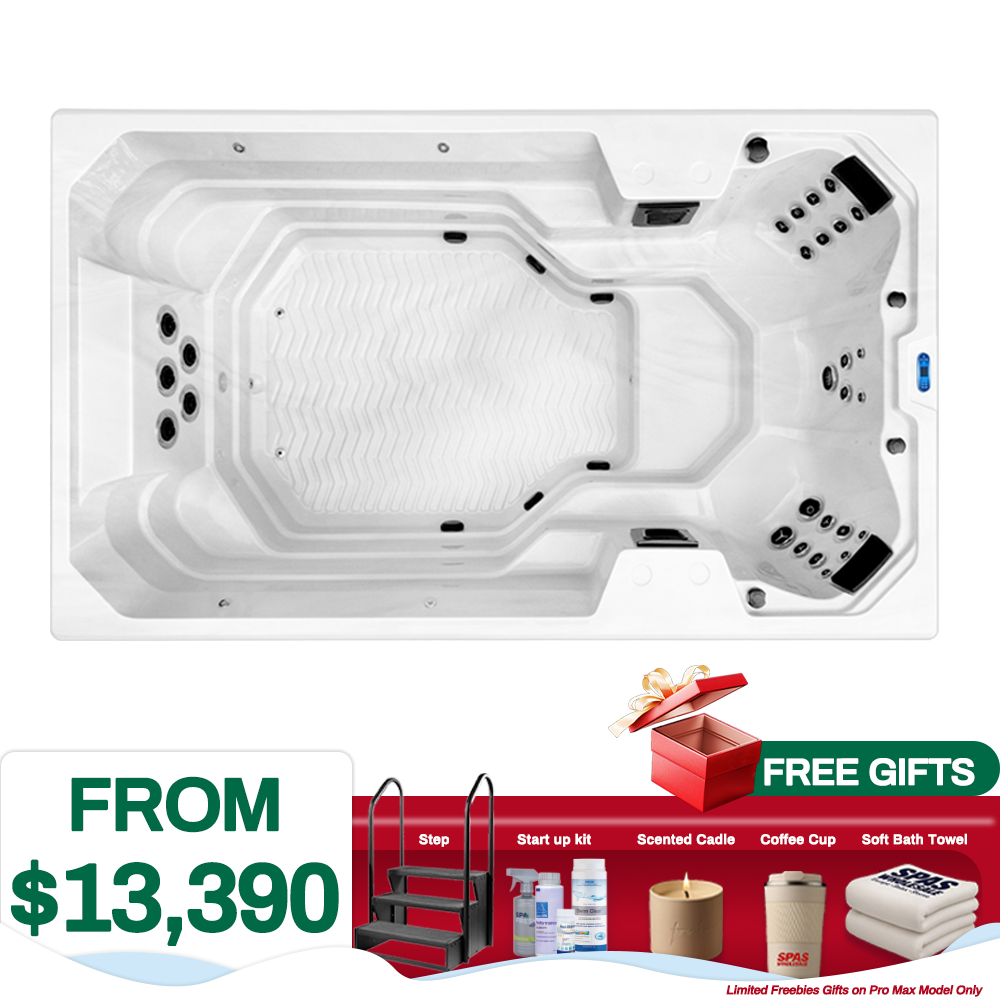
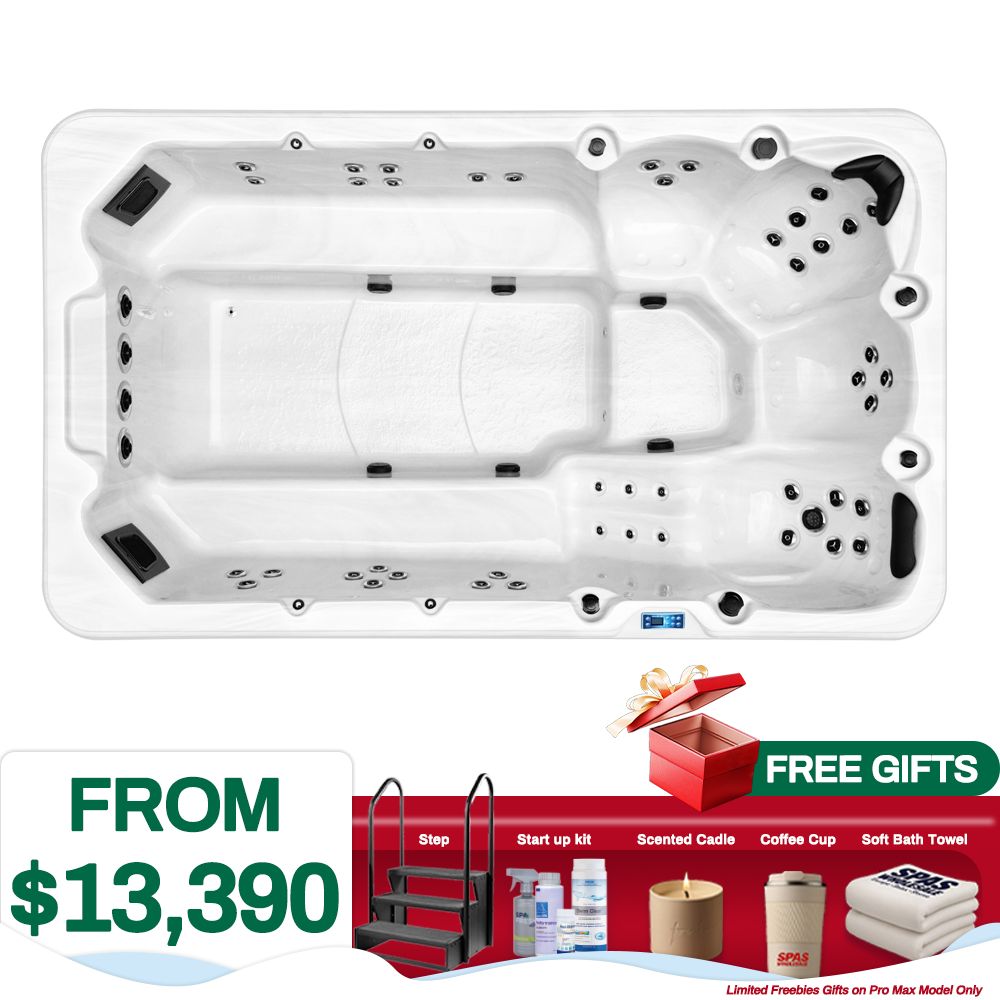
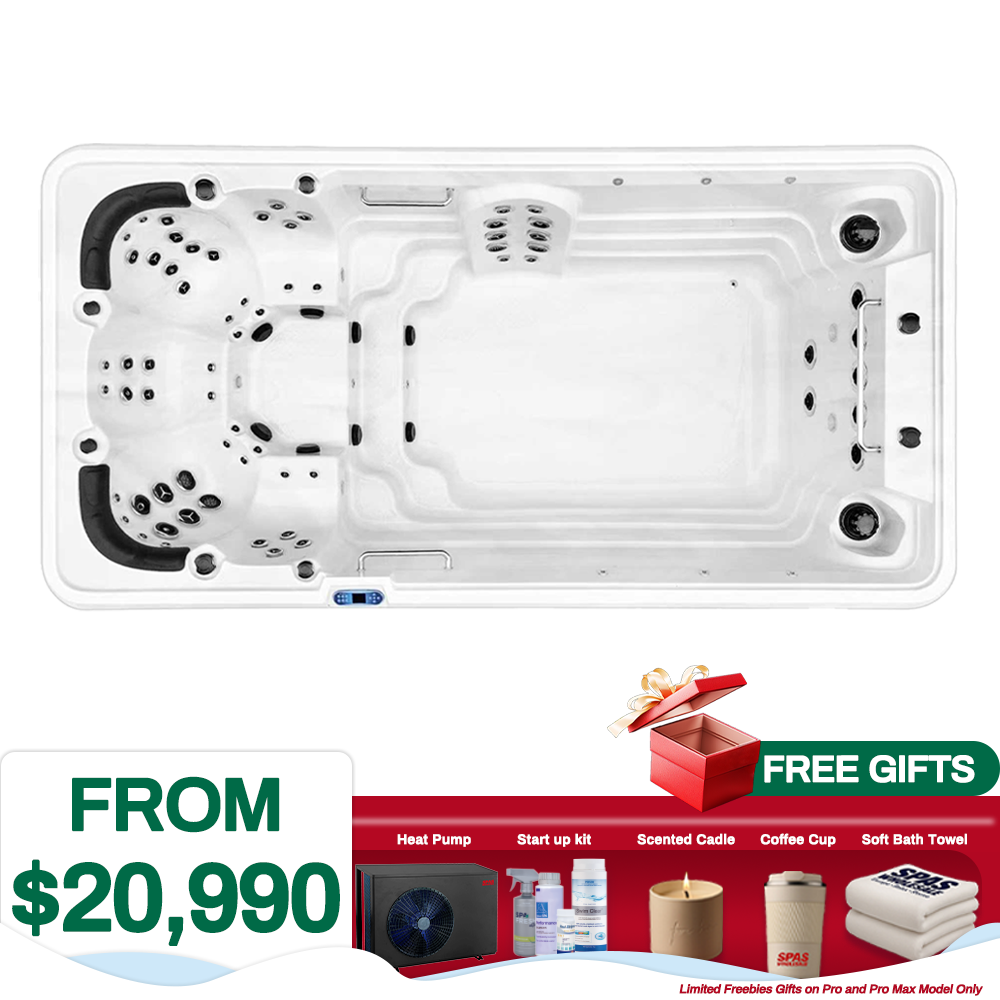

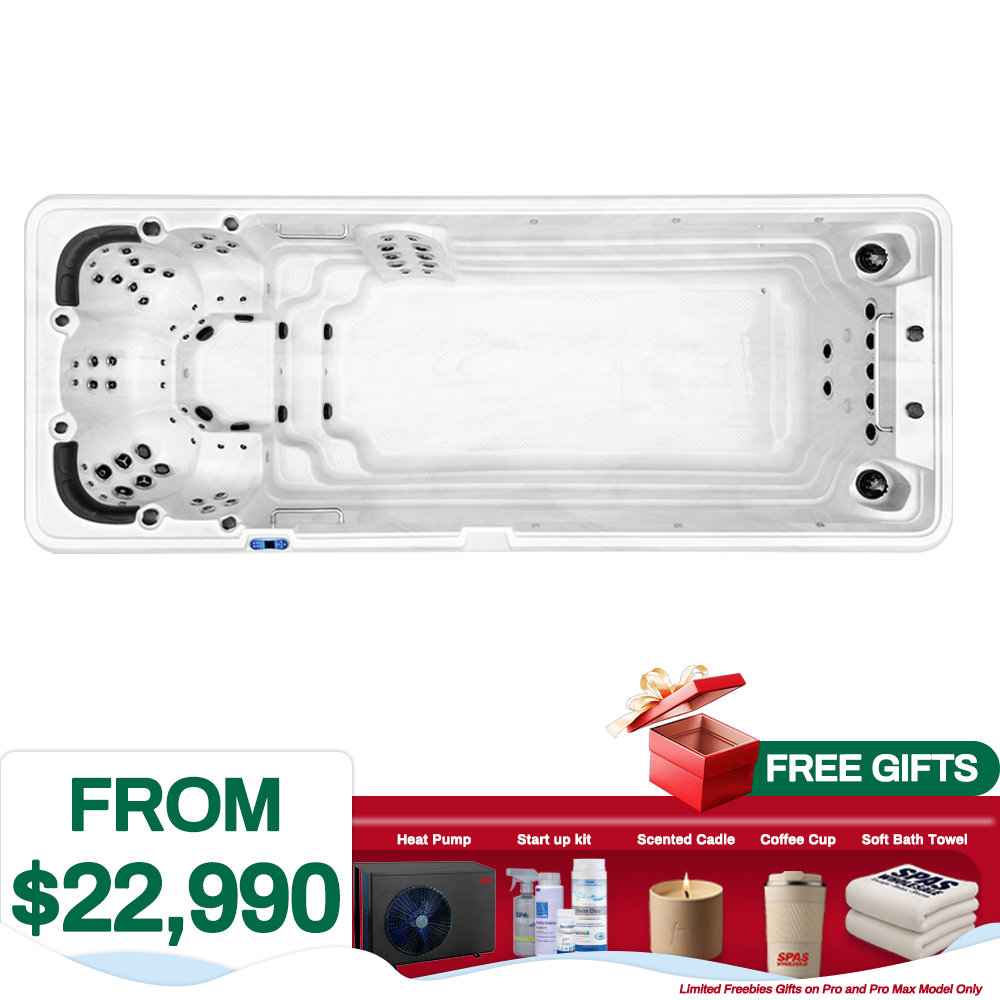
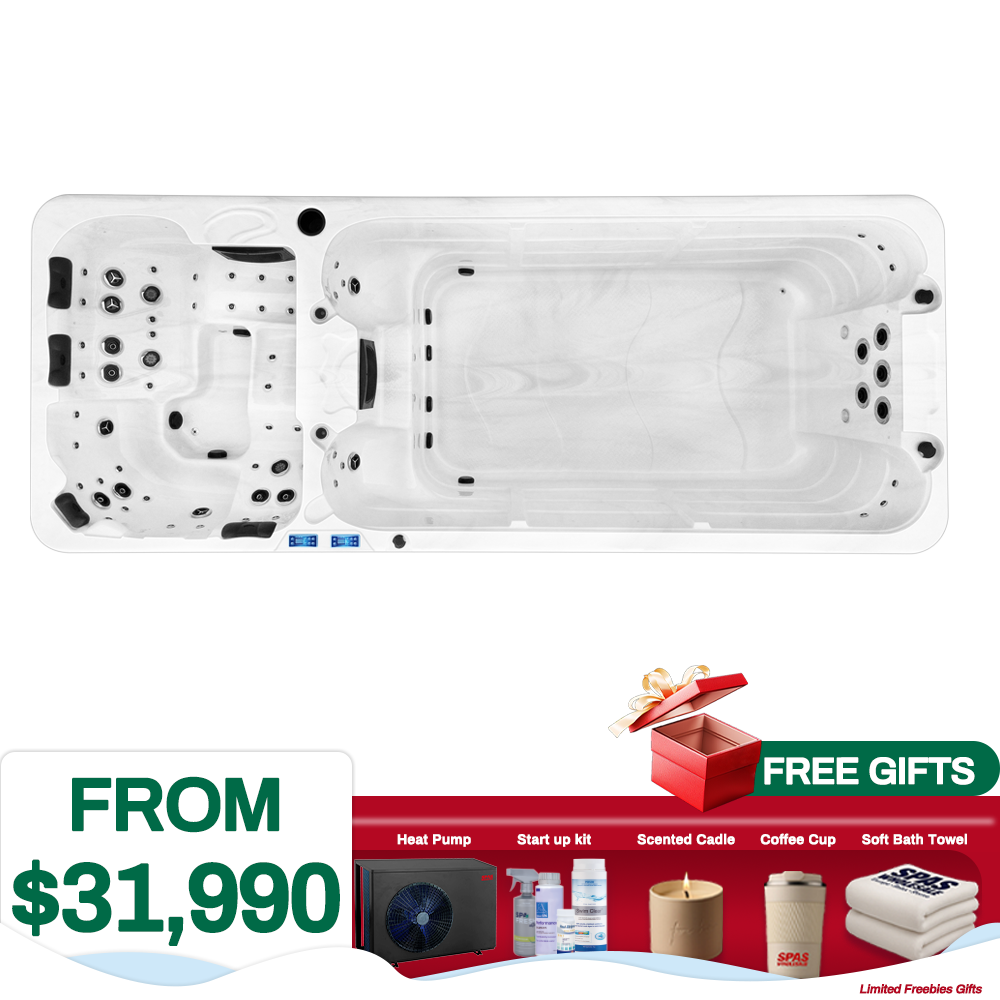
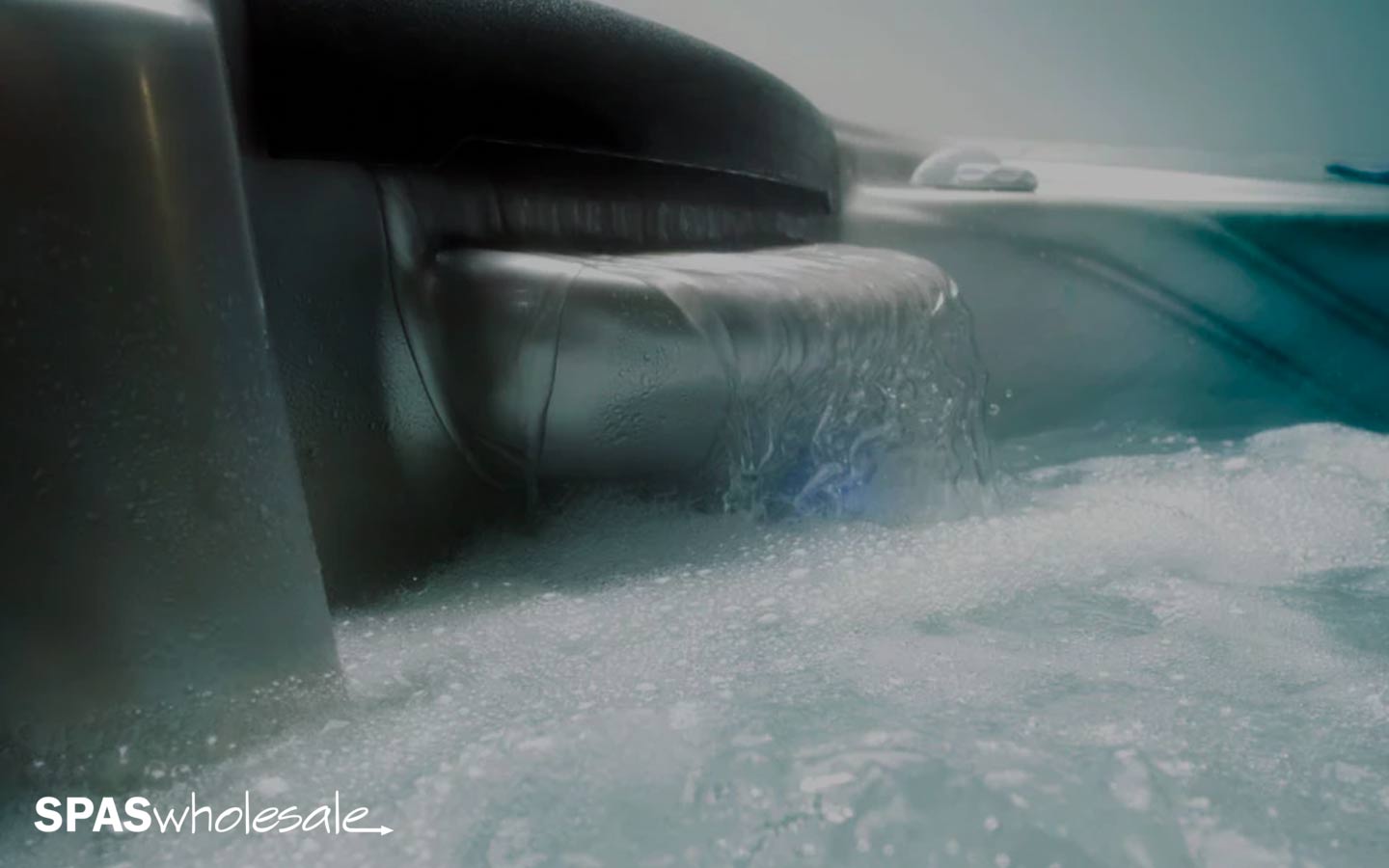

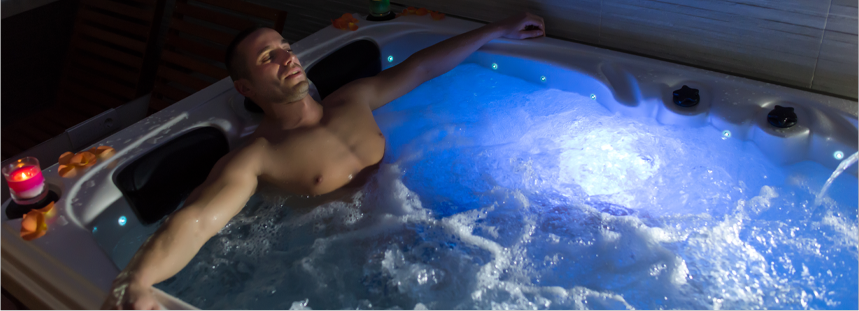
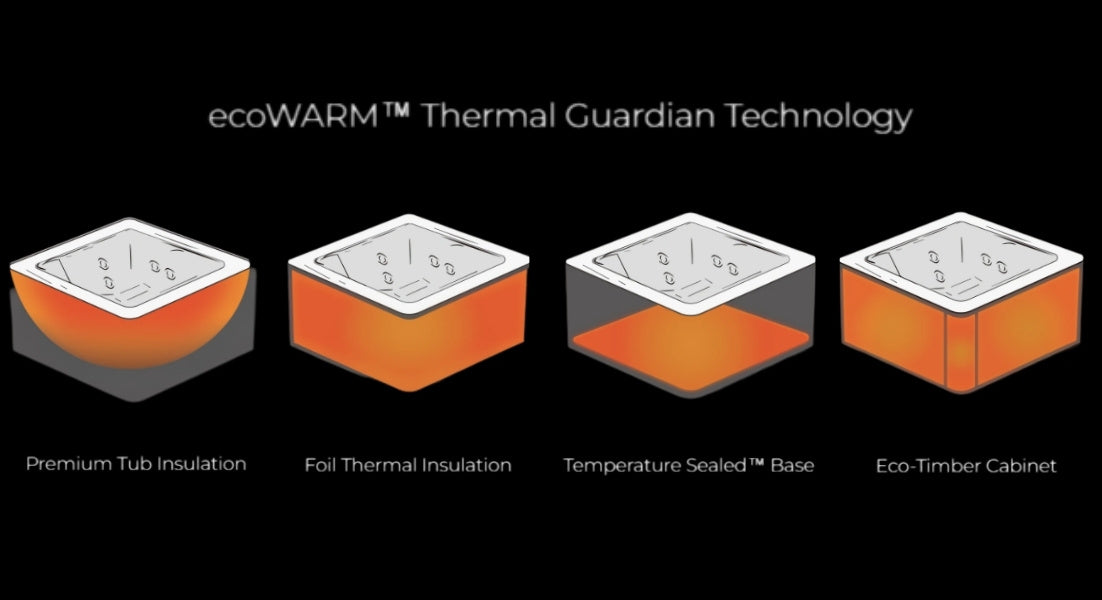
Share:
Spa Care Tips & Tricks
Balancing Spa pH Levels